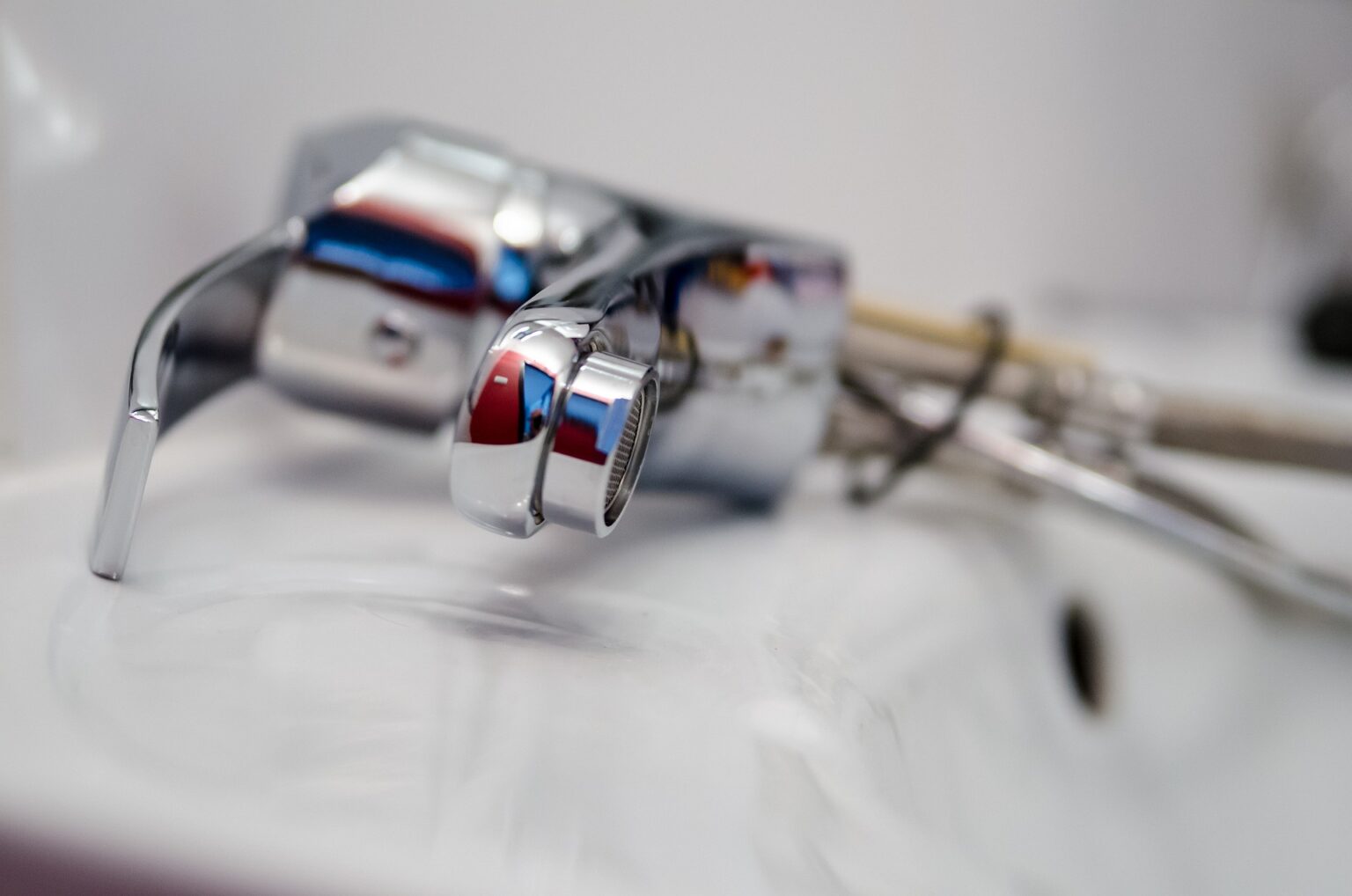
3 Steps To Fix A Leaky Faucet For Good
December 7, 2022How To Fix A Leaky Faucet For Good
A leaky faucet can be more than just an annoyance, it can also be quite costly. In fact, according to the Environmental Protection Agency, a single leaky faucet can waste up to 3,000 gallons of water per year. Fortunately, fixing a leaky faucet is not always as difficult as it may seem. Let’s take a look at how you can fix this common plumbing issue for good in 3 simple steps. Remember, it’s always recommended to call in a professional if you have any doubt or questions. Small expenses can become big ones if leaks aren’t handled properly.
3 Steps To Fix A Leaky Faucet
Here are 3 simple steps to fix a leaky faucet for good. Before you begin tinkering around, make sure to properly assess your situation. By properly assessing the cause of the leak, you can avoid taking apart the faucet and being unprepared. This could lead to having a disassembled sink with no replacement parts and no water for the night. If you are certain that the leak is coming from the actual faucet, then follow these easy steps to stop your leak today. If you aren’t sure and want some guidance, give our team a call today.
1. Identify the Type of Faucet You Have
The first step in fixing a leaky faucet is identifying what type of faucet you have. There are two main types of faucets: compression and washer-less. Compression faucets are the most common type and are usually found in older homes. They have two handles that control hot and cold water flow and use rubber washers to stop the flow of water when the handle is turned off. Washer-less faucets are typically found in newer homes and feature one handle for hot and cold water control, as well as integrated valves that close off the water flow when the handle is turned off. Knowing which type of faucet you have will help you determine how best to fix it.
2. Gather Your Tools & Replacement Parts
Once you know which type of faucet you have, it’s time to gather your tools. You’ll need an adjustable wrench, pliers, screwdrivers, penetrating lubricant (such as WD-40), replacement parts (if necessary), and some towels or rags for cleanup purposes. These tools should be enough for most basic repairs; however, if you have an older compression-type faucet or a more complex washer-less model, you may need additional specialized tools as well.
If your faucet has been leaking for some time now, chances are that the O-Ring (a small rubber ring located inside the handle) needs to be replaced. To do this, remove the handle from the body and inspect the O-Ring for signs of wear or damage such as cracks or tears. If necessary, replace it with a new one using pliers or a wrench. Make sure that your replacement O-Ring is designed for your specific type of faucet in order to ensure it fits properly and functions correctly. The O-Ring is the most common cause of a leaky faucet, so this should be the first thing you check for.
3. Check for Other Causes of Leaks
If replacing the O-Ring does not solve your issue then there could be other causes for your leaky faucet. Check for worn out washers or corroded valve seats (the part that seals off water flow when shut off). To assess these components carefully unscrew them with pliers or a wrench. If they are damaged, then simply replace them with new ones made specifically for your type of fixture. Additionally, check that all connections are secure. If they are loose then tighten them with a wrench until they are snug. However, do not over tighten them!
With a compression-type faucet, this generally involves disassembling the handles and replacing any worn or damaged parts (such as rubber washers). With washer-less models, it can involve cleaning out clogged valves instead of just replacing o-rings or other internal components. If possible, try to find out what specific parts are causing your particular issue before attempting any repairs. This will make it easier to get exactly what you need from your local hardware store or online.
Is Fixing A Leaky Faucet Difficult?
Fixing a leaky faucet doesn’t have to be complicated, however, if you don’t have experience it may be time consuming. Repairing a leaky faucet isn’t too difficult if you know what fixture you’re dealing with and have the right tools. Start by identifying which kind of fixture it is, compression or washer-less. Then, gather up all necessary tools before beginning repairs. Replacing old parts like rubber washers, or tightening connections with pliers and wrenches may be involved depending on the cause of the leak. Never hesitate to ask for help from professionals like our team at JG Graybill for help before attempting any repairs yourself! We are happy to help with projects big and small.